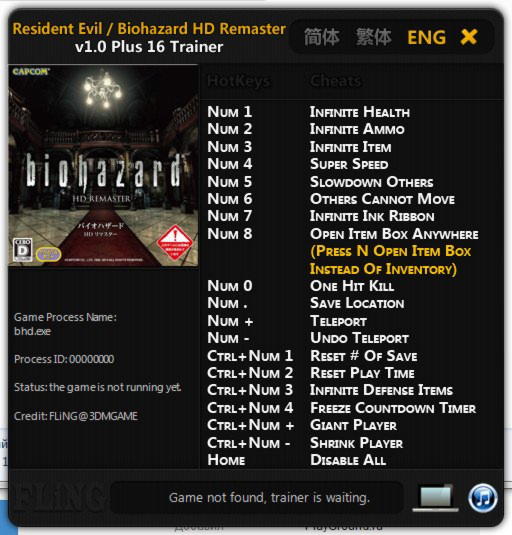

You can now see the finished saved plistįixed a possible crash when using certain non-Latin characters as the name for a jobįixed a possible issue with unwanted automatic text in "Run" Added new settings: LowPriorityIO, MachServices, LimitLoadToSessionType, UserName


Added possibility to run jobs in a specific month in Time You can now revert to an earlier saved version of your job if you e.g. And if you are using Scheduled annotation it runs automatically after initialization to change it you can use initialDelay parameter in annotation. The second add Component or Service annotation for your scheduler. Better at automatically making sure the job will run by e.g. At first you should add EnableScheduling annotation for your application config. I have not tested to see if there is a limit to how far out it can successfully schedule the Shortcut. Youll be asked to pick a Shortcut to run, and then, a date/time at which to run that Shortcut. The design has been streamlined and improved, you can now e.g. Run Shortcut at scheduled time/date It does exactly as the title states. Added list mode to see an overview of the jobs Added timeline mode to be able to see when jobs will run The new Lingon X 2.0 has many new features and improvements: And the system handles running the jobs in the background so you don't need to have Lingon open after you have saved your job. This means that you can also edit or remove jobs created by other apps. Lingon can also make sure that an app or a script automatically restarts. Lingon lets you run things automatically by modifying configuration files for the system function called "launchd". You can schedule it to run at a specific time, regularly or when something special happens. It is now even easier to use yet much powerful. Lingon X is based on the great Lingon 3 and eXtends it with new features like running jobs as root and at multiple dates. Lingon can also make sure that an app or a script automatically restarts if it crashes. You can schedule it to run at a specific time, regularly or when something special happens. Lingon can start an app, a script or run a command automatically whenever you want it to.
#Lingon x run app at scheduled time how to#
In the future I will be exploring how to best use launchd for other purposes, like restarting services, and scheduling scripts to run when other system events occur.Lingon X 2.0.4 Multilingual | MacOSX | 3.3 MB Lingon exists in the app store for the express purpose of helping you create these plist XML files, but it will not load them for you and instead recommends you reboot after each edit, which I noted my distaste for above. I understand why apple decided to use launchd, I just wish they would have made it easier to configure. So, I did the same thing for other scripts I wanted to run at certain times. Run applications and scripts automatically. Kauf mir einen Kaffee Ist Lingon X bereit für Apple Silicon Ja (8.0.3) Lingon X. Die vollständige Anleitung für MacOS-Apps, die für M1 Apple Silicon MacBooks optimiert sind. I always try to find a way around reboots to avoid error-prone behaviors! Lingon X Unterstützungsstatus für neue Apple Silicon M1 Macbooks. Rebooting in order to create a scheduled job is not only ridiculous, but time-wasting and leads to error-prone behavior like making many untested scheduled jobs at once in order to save on reboots. It is a fully featured launchd editor and has. Lingon X is very easy to use yet extremely powerful. It can also make sure that an app or a script automatically restarts if it crashes. This is Unix and reboots should only be necessary for major operating system changes. Lingon X can start an app, run a script or a command whenever you want. If you do this you, do not need to reboot as others claim. To start with, I have a simple script that backs up the database on the server: Here I will detail how I used it to merely run a scheduled job every night at midnight. When youre finished, click Save & Load and Lingon will show you your new plist in the list: Voilà Point and click, with no editing of plist files, no need to drop into Terminal. These XML files contain the information on the process you wish to run, including when to run it, how to run it, and who is allowed to run it. I found several articles describing how one creates the plist files used by launchd. I’ve got mixed feelings about this concept, as it goes against the Unix philosophy of “doing one thing and doing it well”, but I chose OSX and have tried to learn their way of doing things. Launchd’s job is to replace cron, init, the rc scripts, the file alteration monitor, and a whole host of other normal Unix utilities in favor of one huge behemoth process that starts at boot. Lo and behold, Apple has deprecated cron on their systems in lieu of an Apple-grown tool named launched. On Linux the tool used for scheduling jobs is cron. I had a few scheduled jobs, like the ones that back up this blog, its database, and so on.


 0 kommentar(er)
0 kommentar(er)
